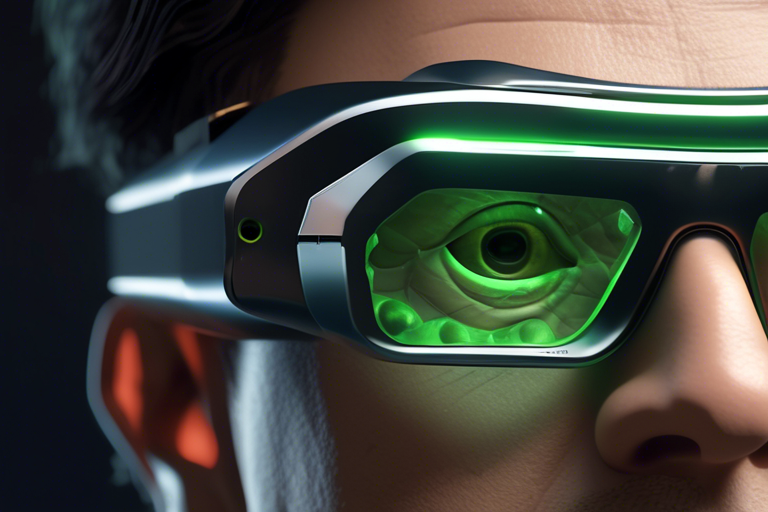Revolutionizing XR Glasses with AI
NVIDIA, in partnership with Stanford University, is at the forefront of developing compact extended reality (XR) glasses by harnessing the power of artificial intelligence (AI). This ground-breaking research aims to tackle the current challenges posed by bulky and cumbersome XR devices, which rely on heavy optics and head straps for functionality.
Overcoming Optical Design Challenges
- Current XR devices necessitate the display to be close to the user’s eyes, leading to a shift in the center of gravity and the need for head straps. This setup adds significant bulk to the devices.
- Traditional solutions like pancake lenses and optical waveguides have limitations such as added weight, aberrations, and limited viewing angles.
Embracing Holographic Near-Eye Displays
- Holographic near-eye displays are emerging as a promising technology to address these challenges by utilizing Spatial Light Modulators (SLMs) for reconstructing 3D holograms near the lens’s focal length.
- NVIDIA’s research has introduced holographic glasses for VR that are only 2.5 mm thick, significantly reducing bulkiness and enhancing user comfort.
AI-Driven Holography for Innovation
- Featured in Nature, the study showcases full-color 3D holographic AR displays with metasurface waveguides, eliminating lenses from the optical path with the help of AI-driven algorithms.
- This innovative approach not only reduces the form factor but also boosts image quality through precise AI calibration.
Implications for the Future
- The integration of AI in XR glasses development signifies a significant leap in display technology, paving the way for lightweight and compact devices.
- AI-driven holography opens up new horizons for XR applications, potentially revolutionizing the way virtual and augmented reality content is consumed.
Explore Further
For more in-depth insights, check out the NVIDIA Technical Blog for detailed information on the development of smaller and lighter XR glasses using AI.





 By
By
 By
By
 By
By
 By
By
 By
By
 By
By